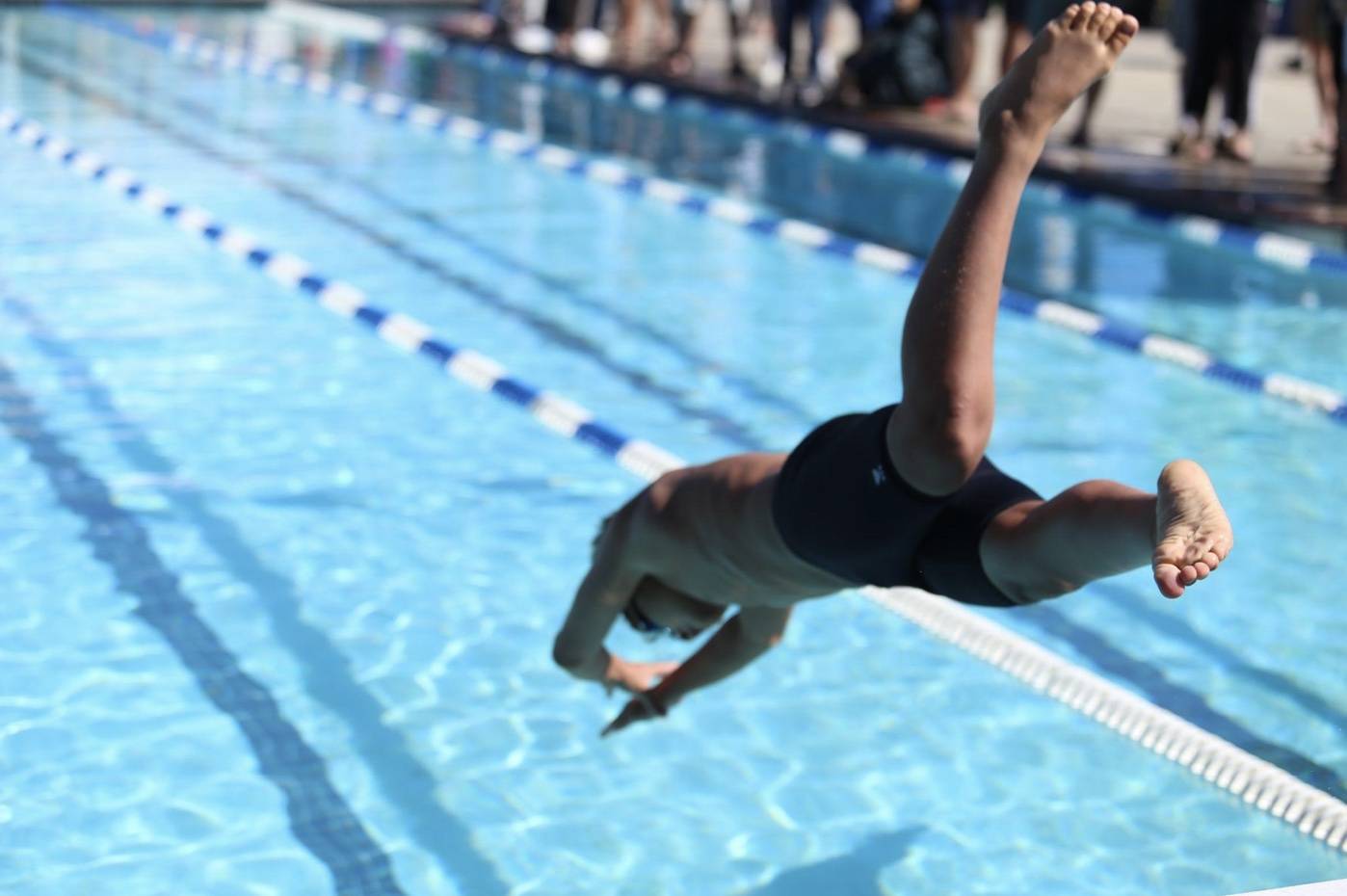These seven easy ways to reduce pain and stay active will get you back to living your life, including yoga, walking, deep belly breaths, and acupuncture.

June 2022. This article is independently written by Shelby Golding. All opinions given are hers. Shelby has been certified as a personal trainer and nutritional specialist since 2007. In 2008, she found her passion for writing about these topics and hasn't looked back.

When the weather is beautiful and the sun is out, pain is particularly frustrating and may affect your mental health. Experts say that you need to be active to reduce pain, but you also need to reduce pain to stay active. These seven easy ways to reduce pain will ensure you enjoy your summer without any discomfort this year.
7 Easy Ways to Reduce Pain and Stay Active This Summer
Pain relief shouldn't be complicated. If you need relief, you probably need it right away. However, pain doesn't go away simply because you have plans that day. These seven easy ways to reduce pain will help you stay active this summer.
1. Go for a Walk
Exercise is one of the top recommendations for people suffering from chronic pain since it reduces the brain’s pain perception. Studies show that regularly active people are less likely to experience chronic pain. Exercise also improves your mental health and prevents weight gain, both of which cause inflammation and may make the pain worse.
Walking is an easy form of exercise that you can use to stay active daily. However, if you live with acute or chronic pain, some forms of exercise may be too dangerous or strenuous. Some of the benefits of walking include improved coordination, stronger bones and muscles, better cardiovascular fitness, and weight management.
You may feel like movement will make the pain worse, but the truth is the exact opposite. So add a short walk to your day, or find another low-impact way to move to manage your pain this summer.
Walking is an easy form of exercise that you can use to stay active daily. However, if you live with acute or chronic pain, some forms of exercise may be too dangerous or strenuous. Some of the benefits of walking include improved coordination, stronger bones and muscles, better cardiovascular fitness, and weight management.
You may feel like movement will make the pain worse, but the truth is the exact opposite. So add a short walk to your day, or find another low-impact way to move to manage your pain this summer.
2. Practice Deep Belly Breaths
Exhale for longer than you inhale, and you may feel your heart rate as it begins to slow down. This is because deep belly breaths also access the vagus nerve and, thus, your parasympathetic nervous system.
The vagus nerve stretches from the brain to the colon, influencing many essential bodily functions such as heart rate, inflammation, blood pressure, and digestion. When our vagus nerve is active, it makes us feel safe and connected. It also helps with pain relief.
Studies show that the vagus nerve opposes the established pain matrix and reduces pain by inhibiting inflammation and oxidative stress. In addition, practicing regular deep breaths into your belly will help you tap into your body's natural relaxation systems to help ease the pain.
The vagus nerve stretches from the brain to the colon, influencing many essential bodily functions such as heart rate, inflammation, blood pressure, and digestion. When our vagus nerve is active, it makes us feel safe and connected. It also helps with pain relief.
Studies show that the vagus nerve opposes the established pain matrix and reduces pain by inhibiting inflammation and oxidative stress. In addition, practicing regular deep breaths into your belly will help you tap into your body's natural relaxation systems to help ease the pain.
3. Do Some Laps in the Pool

Swimming is a type of low-impact aerobic conditioning that doctors often recommend for people with chronic pain, especially for people with back, joint, or musculoskeletal pain. One significant study claimed swimming helps with chronic back pain and improves the quality of life for people with disabilities better than other forms of exercise outside of the water.
Running, jumping jacks, tennis, and certain types of dance are common forms of exercise that may put too much strain on the body. If you are recovering from an injury or are in a significant amount of pain, low-impact exercise is a better option for you. Swimming relieves some of the constant weight and pressure on the spine to help relieve low back pain and build up the muscle to get rid of it for good.
Running, jumping jacks, tennis, and certain types of dance are common forms of exercise that may put too much strain on the body. If you are recovering from an injury or are in a significant amount of pain, low-impact exercise is a better option for you. Swimming relieves some of the constant weight and pressure on the spine to help relieve low back pain and build up the muscle to get rid of it for good.
4. Take a Yoga Class
Yoga is quickly becoming a well-known player in the pain relief sphere. It provides relief from inflammation, improves flexibility, and stabilizes your mental health.
This mind-body exercise changes the makeup of your brain, altering the way you feel and perceive pain. It increases grey matter in the hippocampus and front sections of the brain to improve focus, concentration, impulse control, self-awareness, and decision-making.
It also helps people disassociate from the negative feelings and emotions surrounding their pain. Experts have found that people with chronic pain often have increased anxiety levels and lower pain tolerance. By coping with anxiety, you can lessen the connections in the brain, reducing pain perception and pain interference.
This mind-body exercise changes the makeup of your brain, altering the way you feel and perceive pain. It increases grey matter in the hippocampus and front sections of the brain to improve focus, concentration, impulse control, self-awareness, and decision-making.
It also helps people disassociate from the negative feelings and emotions surrounding their pain. Experts have found that people with chronic pain often have increased anxiety levels and lower pain tolerance. By coping with anxiety, you can lessen the connections in the brain, reducing pain perception and pain interference.
5. Eat Fruits and Vegetables
A well-balanced diet is a staple of health, not only because it can keep you at a healthy weight but because the essential vitamins and nutrients found in fruits and vegetables prevent pain.
Most plants contain anti-inflammatory and antioxidant compounds, which can help reduce inflammation and relieve pain. For example, cherries are one of the top anti-inflammatory fruits. They have high levels of antioxidants called anthocyanins that reduce inflammation-related pain, particularly in arthritis and other joint pain disorders.
All fruits and vegetables have their pain relief benefits. The CDC recommends eating approximately 2 cups of fruit and 2 to 3 cups of vegetables daily. Eating fresh food in the summer is much easier in the winter. Therefore, take advantage of the season by eating a majority of fruits and vegetables all summer long.
6. Get a Massage
Massage is a complementary therapy for pain relief. Different types of treatment are used to relax and rejuvenate the body, from hot stone massage to deep tissue therapy. In general, massage increases circulation and relieves tension in the muscles.
Therapeutic massage has also been found to stimulate competing nerve fibers and impede pain messages to and from the brain. When pain becomes chronic, the pathways from the muscles to the brain have become set in a pain pattern. Massage can help disrupt this pattern to bring lasting relief from chronic pain.
Aside from the direct pain relief from impeding nerve messages and relieving muscle tension, massage helps indirectly by improving the quality of sleep and reducing stress.
Therapeutic massage has also been found to stimulate competing nerve fibers and impede pain messages to and from the brain. When pain becomes chronic, the pathways from the muscles to the brain have become set in a pain pattern. Massage can help disrupt this pattern to bring lasting relief from chronic pain.
Aside from the direct pain relief from impeding nerve messages and relieving muscle tension, massage helps indirectly by improving the quality of sleep and reducing stress.
7. Try Acupuncture
Modern science has yet to explain how acupuncture works entirely, but evidence shows that it is an effective treatment for chronic musculoskeletal, headache, and osteoarthritis pain.
Acupuncture is an ancient healing tradition that uses hair-thin needles to activate meridian points. Each point ties to a specific organ and line of energy (called a meridian) within the body. The acupuncturist will use a particular configuration of points to target your specific pain patterns and stimulate the body's natural healing systems.
As a holistic remedy, acupuncture can treat a variety of issues simultaneously. Indirectly, acupuncture relieves pain by relaxing the body and mind, easing insomnia, activating the immune system, and balancing hormones.
Acupuncture is an ancient healing tradition that uses hair-thin needles to activate meridian points. Each point ties to a specific organ and line of energy (called a meridian) within the body. The acupuncturist will use a particular configuration of points to target your specific pain patterns and stimulate the body's natural healing systems.
As a holistic remedy, acupuncture can treat a variety of issues simultaneously. Indirectly, acupuncture relieves pain by relaxing the body and mind, easing insomnia, activating the immune system, and balancing hormones.
BONUS: Reduce Pain and Stay Active with Kailo
These easy ways to reduce pain will help you manage and heal your symptoms to get back to what is most important in life – living. Talk to your doctor if your pain continues for longer than three weeks or begins to affect your quality of life. If you are currently in treatment for pain relief, consult with your provider before changing your treatment plan.
And remember to apply your Kailo pain patch near the site of pain to help you stay active this summer! A recent clinical study showed that 99% of patients felt pain relief with Kailo within 10 minutes of using – who can say no to that?
Disclaimer: Kailo should not be used if you have a pacemaker or if you are pregnant. Always consult your doctor or health care professional before using Kailo.
Disclaimer: Kailo should not be used if you have a pacemaker or if you are pregnant. Always consult your doctor or health care professional before using Kailo.






